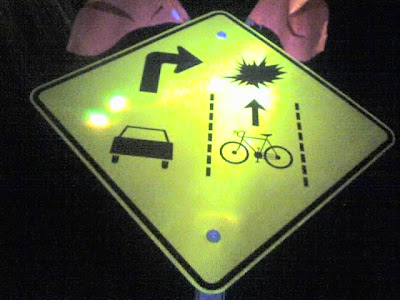Jamaica
Christine and I met her sister Janet and brother in law Paul in Jamaica for Thanksgiving. We went to Negril, which is on the western tip of Jamaica and stayed at a small resort called Catcha Falling Star.
I didn’t know what to expect of Jamaica and actually didn’t do much research on it beforehand. Christine organized the whole trip. The day before leaving I looked up Catcha on tripadvisor and discovered that everyone who visited the place loved it.
We arrived on Sunday and found Paul and Janet in the line at customs. We made it through and found our way to the taxi area where a van was waiting for us. The drive out to Negril was long (about an hour and a half), but the scenery was interesting. Buildings in coastal Jamaica seem to be designed for hurricanes and are either basic concrete structures or seem almost disposable. There were many structures that appeared to be abandoned. Poverty is severe in Jamaica (33% of the population is unemployed) and this was clearly visible when driving around.


Catcha Falling Star was wonderful. We got in around noon, explored a little bit, and went for a swim. It is on the West End Road section of Negril where there are ocean side cliffs instead of beaches. Swimming at Catcha involves a short jump into the water (around 5′) and you are in 20′ deep water. If you want more of an adventure there are places to jump from around 15′ and 20′ into the water.
After checking in we walked outside to visit the little grocery store across the street. This was my first exposure to public roads in Jamaica and I was immediately identified as someone who might buy something. A guy walked over to me, started talking to me (in a friendly manner, welcoming me to Jamaica, etc) and then tried to sell me a bracelet (which I refused, but only after he started trying to tie it onto my wrist). After this experience I learned to be more forceful in saying no. Everyone that we met in Jamaica was really friendly, but I was happier when they weren’t trying to sell me something.

During our time there we snorkeled a lot (a future blog entry will be written just on this subject), took a great day trip up to Mayfield Falls (another blog entry),ate at a few nice restaurants,and explored both the beach and swam around the west end cliffs. Christine and I rented a scooter for the last couple of days and drove around the hills south of Negril and visited the beach on the far north. It was a very relaxing trip.


Catcha was a really great place to stay while we were there. The staff was very friendly and gave us (and all of the guests) a lot of personal attention. On the first day everyone learned our names. Every morning we’d walk down to the bar/restaurant and order breakfast from Ordia. They’d deliver it to the little veranda/porch in the front of our room. In the evenings we’d usually return from whatever we’d been doing for the day and would watch the sunset from our veranda. After dark we’d head down to Ivan’s (the bar/restaurant) for dinner and to hang out. The resort only has about 10-15 rooms so it was easy to get to know people there. A guy named Kevin ran the bar in the evenings and kept the music flowing (often singing along) and everyone entertained. I don’t normally hang out much at hotels, but this was a great experience. Sunsets at Catcha were amazing. Since it is on the western tip of the island you just look out on an expanse of sea as the sun descends.


We’ve been back in Seattle for a couple of days now. Looking back on the trip I remember the great swimming, really friendly people, and nice food. I don’t normally relax on vacations, but this trip was really relaxing. I also remember the poverty and large divide between the haves and have nots. While scootering around the hills we found a massive mansion with 4 or 5 luxury cars sunning themselves in a huge sea of manicured grass. Half a mile away there were tiny shacks that were barely staying together, but which were lived in. It was an odd extreme. I’m also reminded of how hurricanes knock everything out and it is rebuilt time and time again. Our hotel was rebuilt after Ivan and then lost all of their landscaping again after Dean. It’s worth being persistent though, it really is a wonderful part of the world. I look forward to visiting again.




































